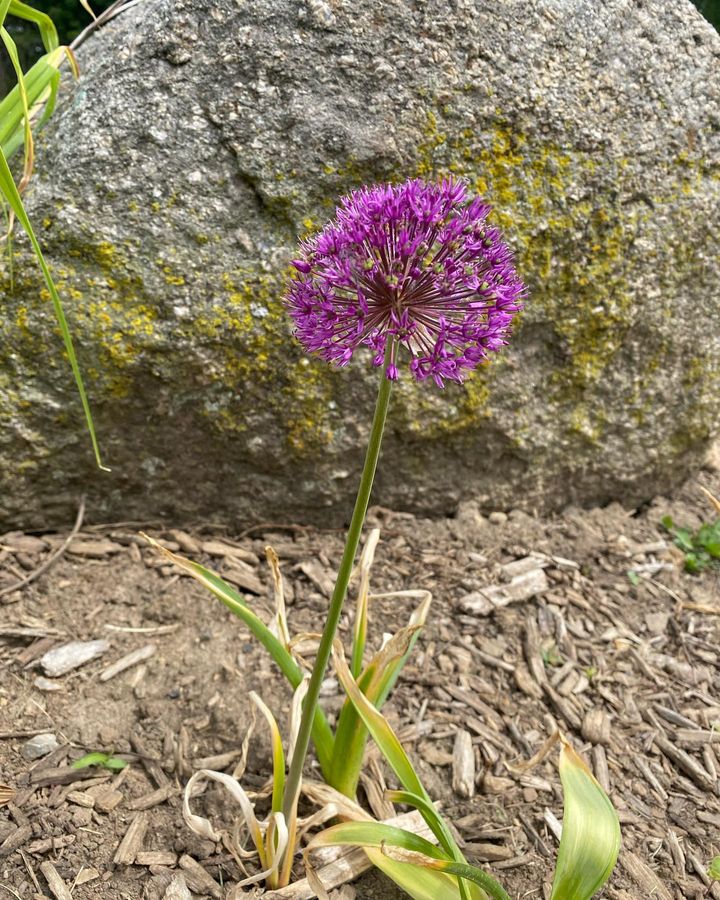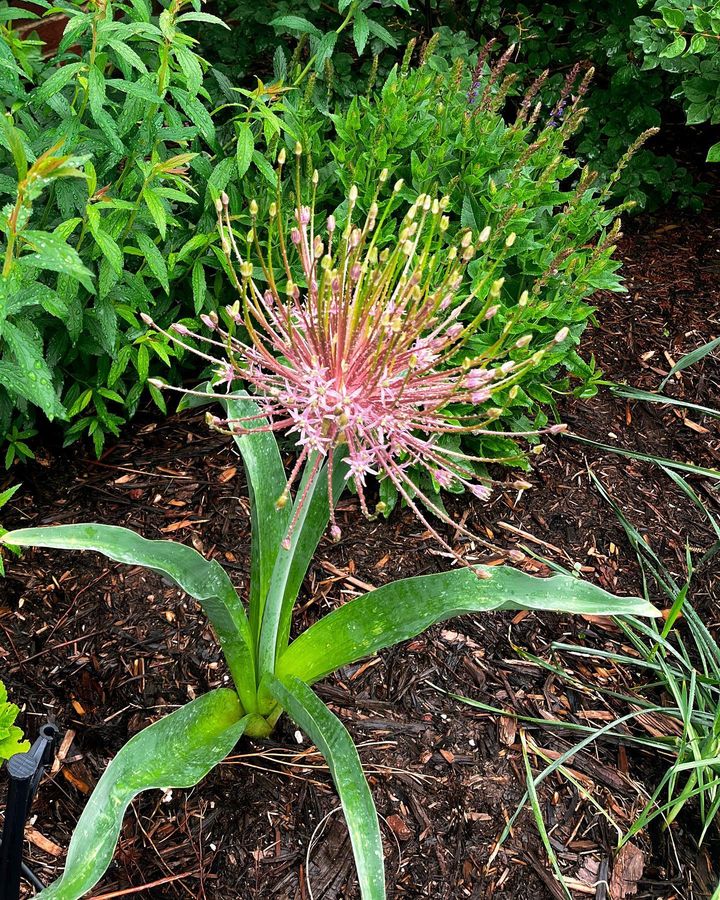Do you dream of seeing your onions and garlic multiplying and creating new products? Let us find out whether Allium bulbs multiply and how often.
Learn more about multiplying Allium bulbs and whether it needs human intervention.
Table of Contents Show
Do All Alliums Multiply?
Generally, every Allium will multiply and increase yearly if correctly looked after.
Allium boasts hundreds of edible species that we regularly use in your kitchen, including onion, garlic, scallion, chives, and leek, all of which could multiply independently.
In fact, Alliums’ remarkable ability to multiply and spread makes them gardeners’ favorite, and some even wonder if they will invade other plants.

Many Allium species are well-behaved in the sense they may multiply through bulb division and self-seeding but do not typically cause significant ecological disruption.
However, wild Allium, wild garlic (Allium vineale), and three-cornered leek are weeds that will spread like wildfire in mild climates.
Moreover, certain Allium species, such as Welsh onion and Giant Allium, are grown for ornamental value and as companion plants to ward off pests.
When Does Allium Bulb Generally Multiply?
Every novice gardener would want to know when their Allium cultivation will multiply and thrive.
Under suitable conditions, the bulb clumps will produce daughter bulbs and separate them to create a new plant over three or more years.
However, the timing of this multiplication can vary depending on the specific Allium species and local environmental conditions.

Similarly, garlic and chive will keep producing new bulbs, extending the clump, requiring dividing the clump every 2-3 years.
On the other hand, Alliums, mainly grown annually, should be pulled out at the end of each season to use as kitchen products.
How Does Allium Bulbs Multiply?
Allium bulbs will naturally multiply, ensuring their continued existence, unless they are affected by poor soil, growing conditions, or diseases.
As the Allium plant matures, it produces daughter bulbs around the original bulb.
Here are the four steps of Allium bulbs multiplying.
1. Parent Bulbs Produce Mini Bulbs
Smaller bulbs, known as daughter bulbs or offsets, begin forming around the parent bulb as a natural course of the process.
Some Alliums may take a year or two to harness enough energy to produce new bulbs. Some may even take years.
2. Maturation of Daughter Bulbs
The daughter bulbs will significantly grow in size within a year or two, indicating the time for separation.
As they mature, they will develop their root systems and foliage, usually shoots that emerge from the soil.
Exceptionally, Alliums like garlic and chive will hardly produce new foliage but keep adding new bulbs, creating a large clump.
3. The Separation
Once the daughter bulbs fully develop, they separate from the parent bulb, usually perennial onions and ramps.
Remember, Alliums may take several months or even a few years to produce and separate daughter bulbs.
4. Continued Multiplication
Once separated, the daughter bulbs form their ecosystem and become independent plants.
They will continue to grow and produce daughter bulbs through bulb division, continuing the multiplication cycle.
How to Multiply Allium Bulbs Through Division?
Allowing Alliums to multiply independently is one way; another actively encourages multiplication through manual methods like bulb division.

Here is the step-by-step guide to dividing and multiplying Allium bulbs.
1. Timing of Multiplication
Wait at least a year or two before dividing the Alliums. The best time to do so is in late summer or early autumn when bulbs enter dormancy.
The winter set Alliums are usually separated in early spring.
2. Water the Alliums
Before digging the bulbs, water them a day or a few hours before.
It makes it easier to dig up the bulbs without causing excessive damage to the roots.
3. Digging up the Alliums
Gently insert a garden fork or use your hands to dig around the bulbs, carefully losing the soil to lift the entire clump out of the ground.
Some fibrous roots will break in the process, which is alright until the main bulb is intact.
Gently shake off excess soil from the clump or gently rinse with water to remove dirt but avoid being too rough.
4. Separate the Bulbs
Some bulbs, like onions, will break easily, while others may require extensive work.
Using your hands or a sharp tool, carefully cut away the daughter bulb at the point it connects with the mother bulb.
Pulling the bulbs apart forcefully is a No-No!
5. Replanting the Bulbs
Beforehand, check the bulb condition for signs of disease and discard them for good.
Work on the soil in a new area by mixing it with compost. Replant each bulb at the same depth they initially grew, and space them appropriately.
Typically, Allium bulbs should be planted about 2 to 3 times their diameter apart.
6. Aftercare of Bulbs
If you are aware, Alliums dislike soggy soil; hence, water them sparsely or every 7-10 days.
Add a layer of organic mulch around the bulbs to help retain moisture, protect them from cold, and ensure they get enough sunlight each day to grow well.
Conclusion
Conclusion!
Those considering growing Alliums should be wary of sowing seeds as an option because some seedlings may take years to germinate.
Therefore, dividing Allium offshoots from the bulbs to grow in fresh soil or container will yield quick results.
However, allowing Alliums to multiply naturally may only be suitable for a few years before they begin to struggle for soil space and nutrients.


